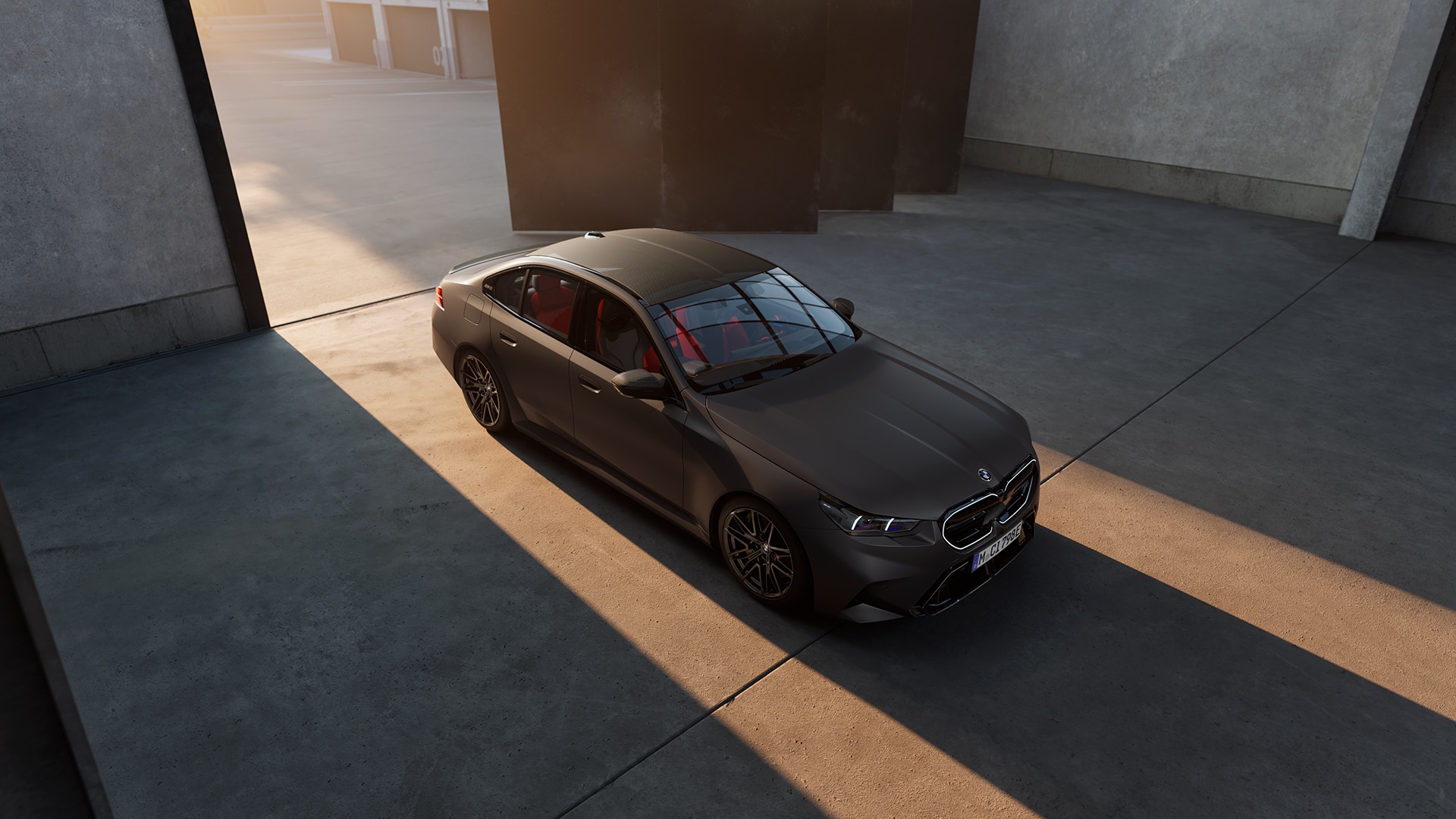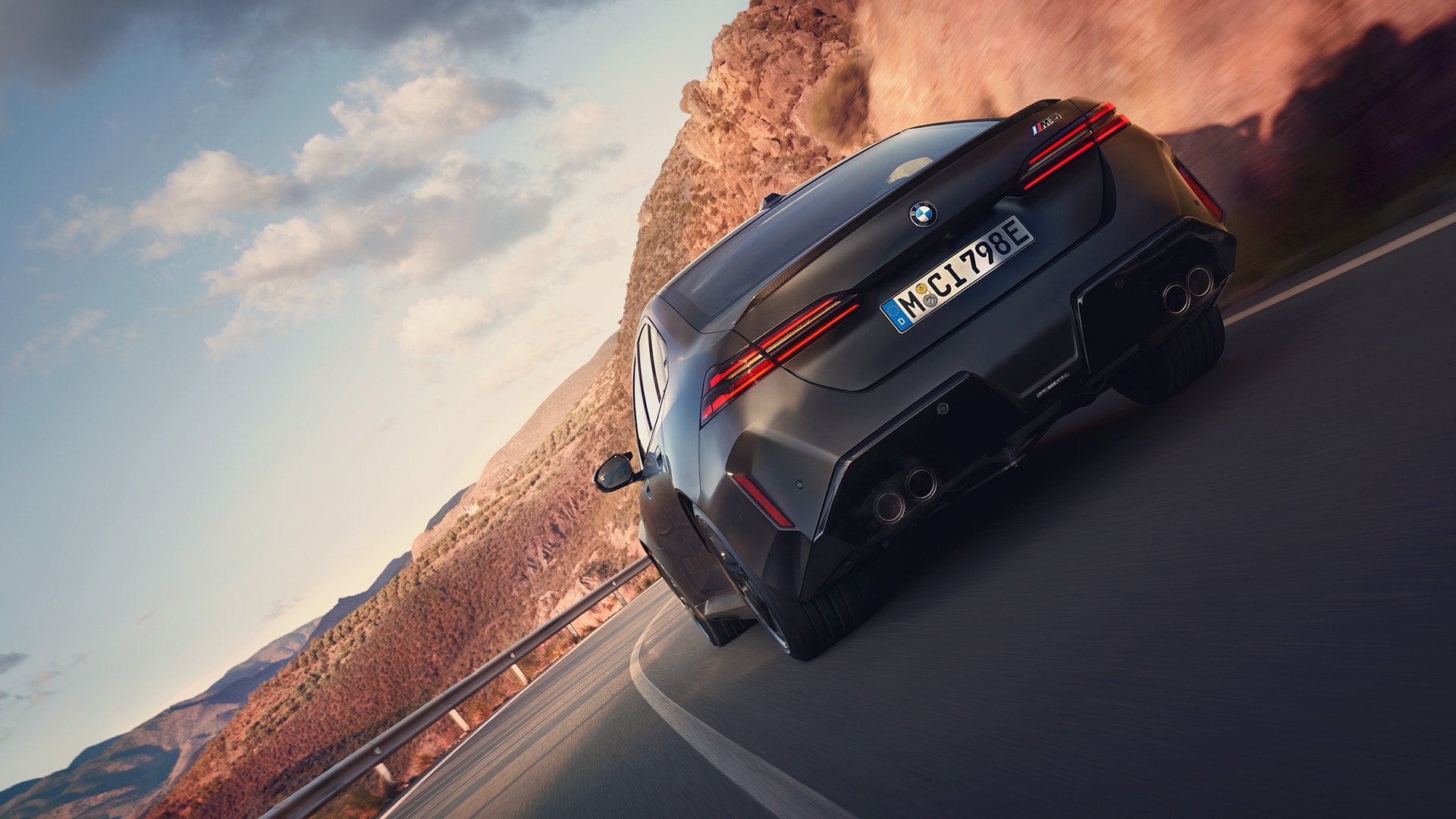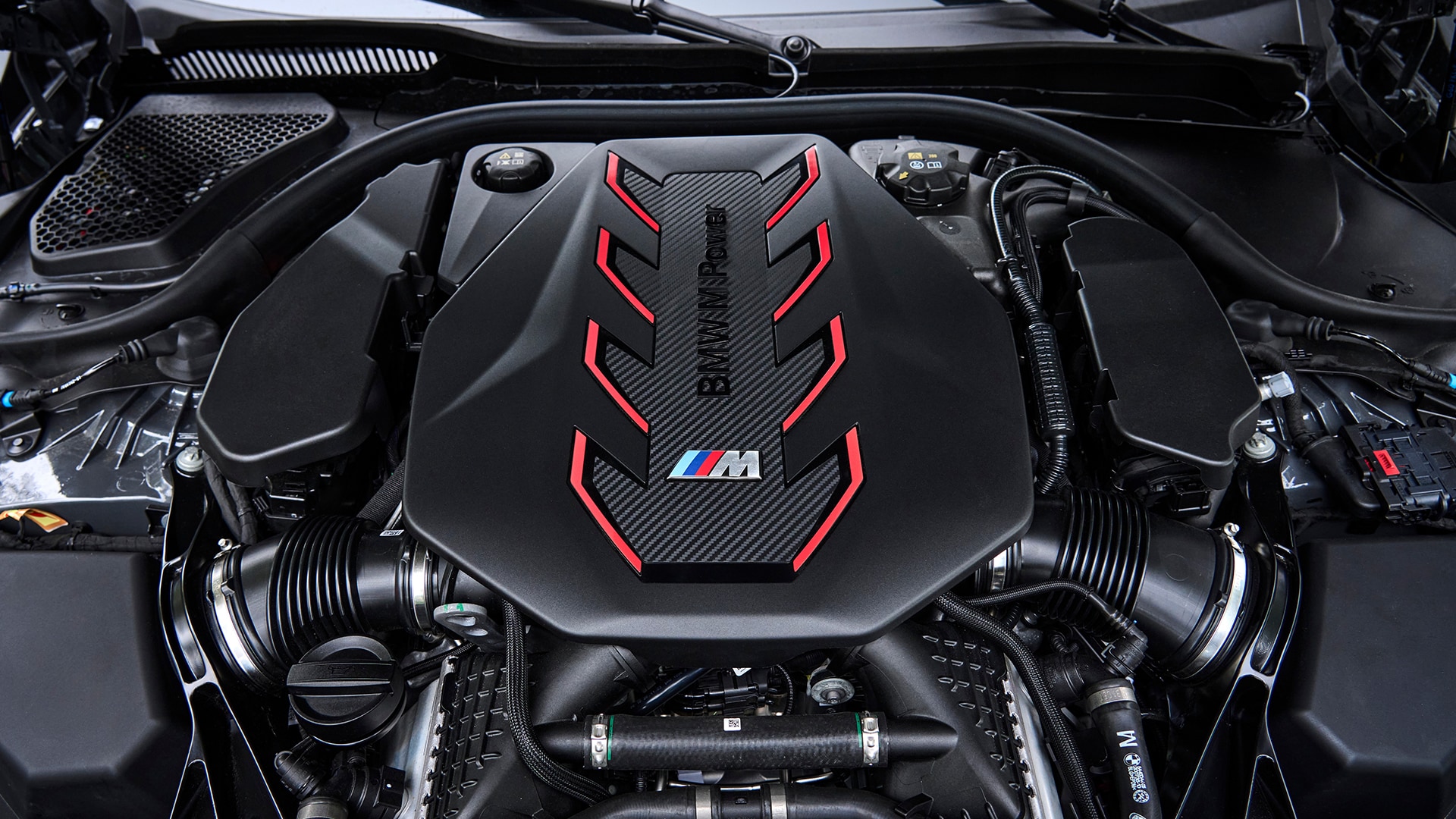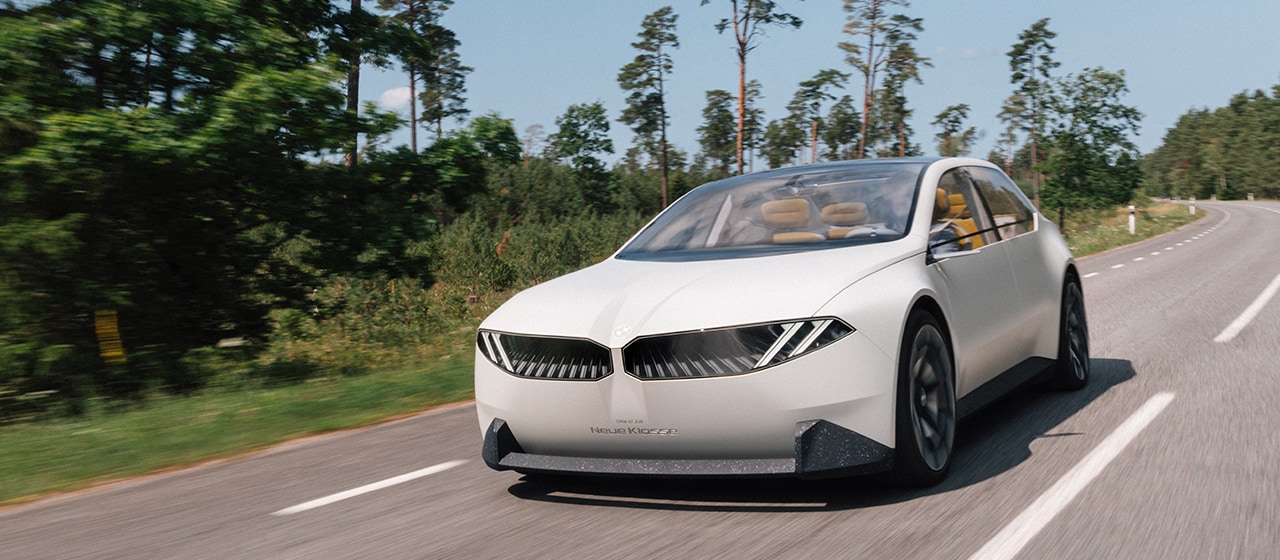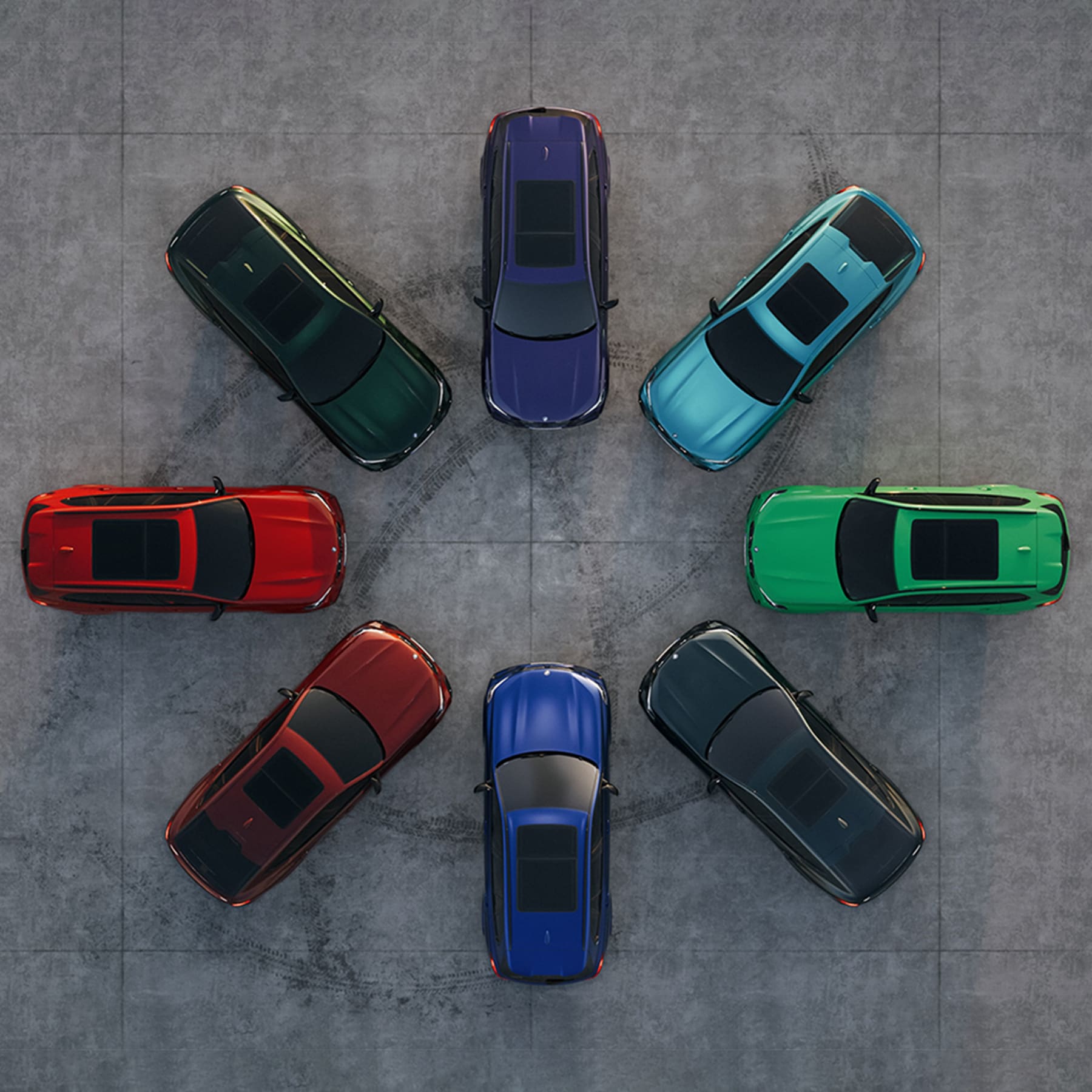How does this sound?
In 1961, the BMW 1500 marked a decisive shift. Moving away from the ornate BMW 501, known as the Baroque Angel, BMW embraced clarity, modernity, and dynamic proportions. Rear-wheel drive, advanced suspension, and a new engineering philosophy delivered a four-door car that felt agile, responsive, and effortless.
In 1983, the 2nd-generation BMW 3 Series refined these principles into a cohesive form. With driver-focused ergonomics and perfect balance, it established the modern sports sedan.
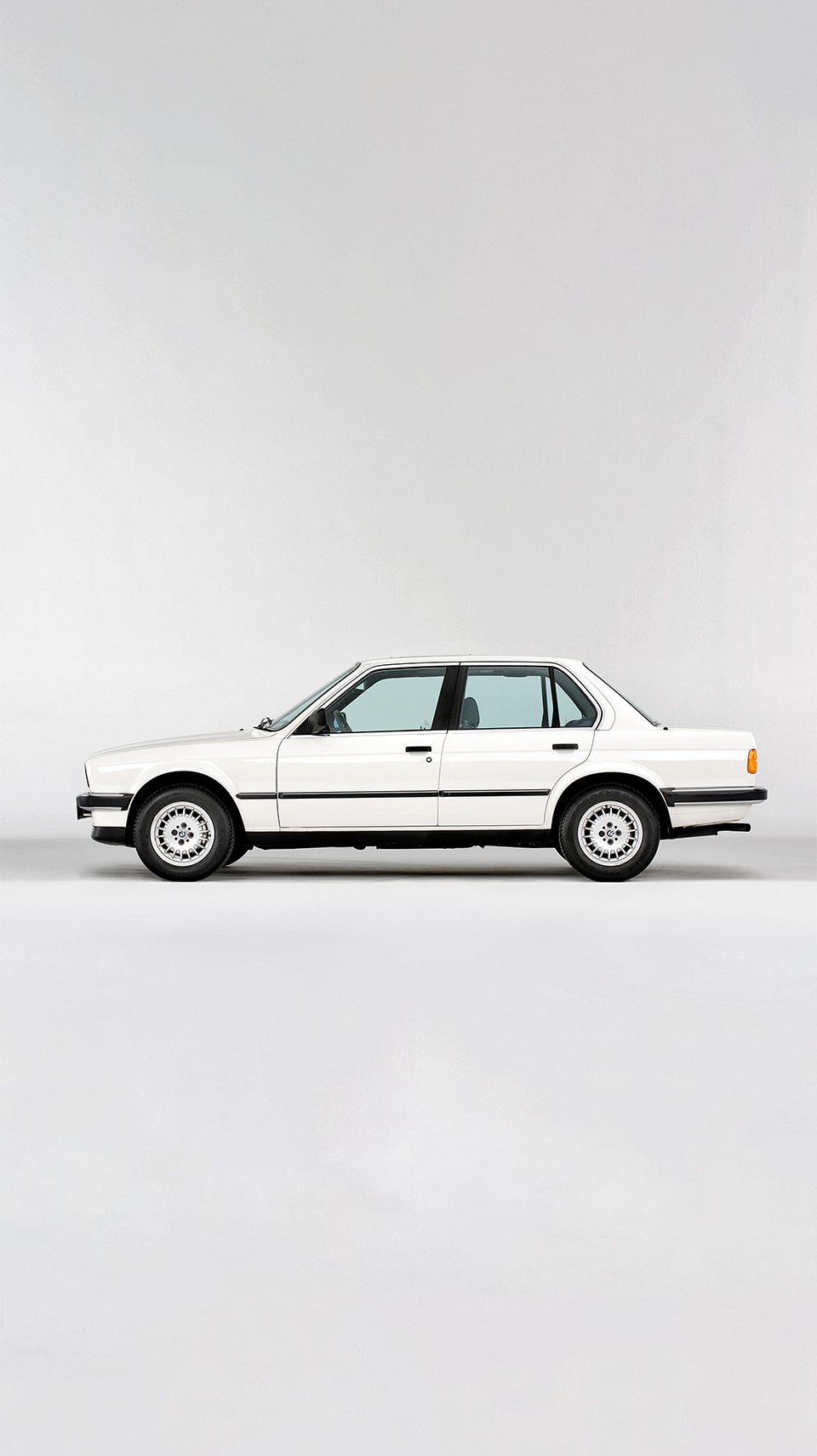
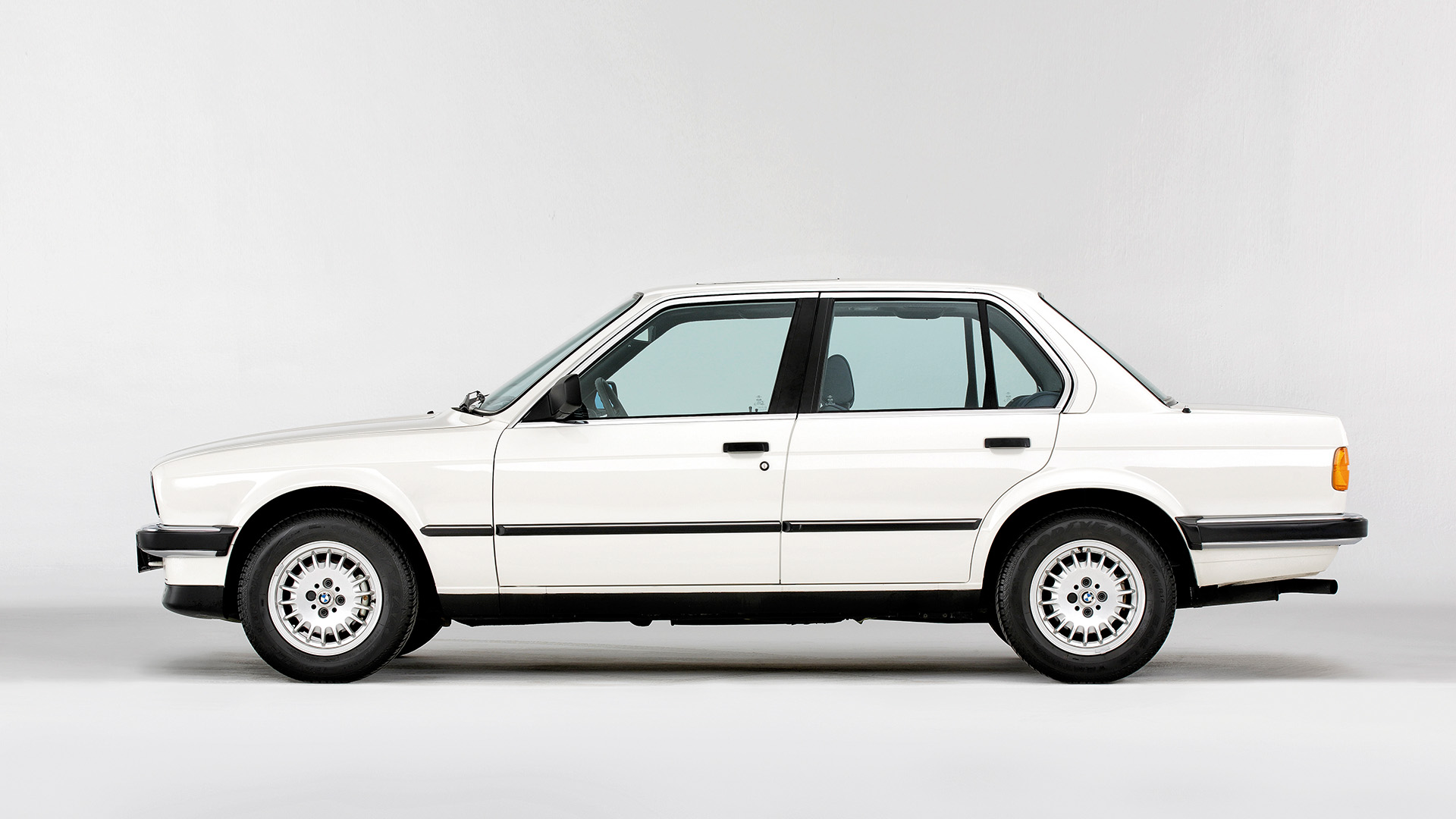
Where performance and precision meet, BMW sets the benchmark – and it carries the letter M. In 1985, the first BMW M5 redefined expectations (➜ Read also: The generations of the BMW M5 an overview). Developed by BMW Motorsport, it became the world’s fastest production sedan, combining motorsport performance with everyday usability.
This philosophy evolved with the first four-door BMW M3 in 1994, proving that authentic M performance could thrive in any format.
Today, from the precision of the BMW M3 to the authority of the BMW M5 and the emerging generation of electrified M models, the M badge remains the pinnacle of sports sedan evolution.
FOR MORE DETAILS, CLICK ON IMAGES
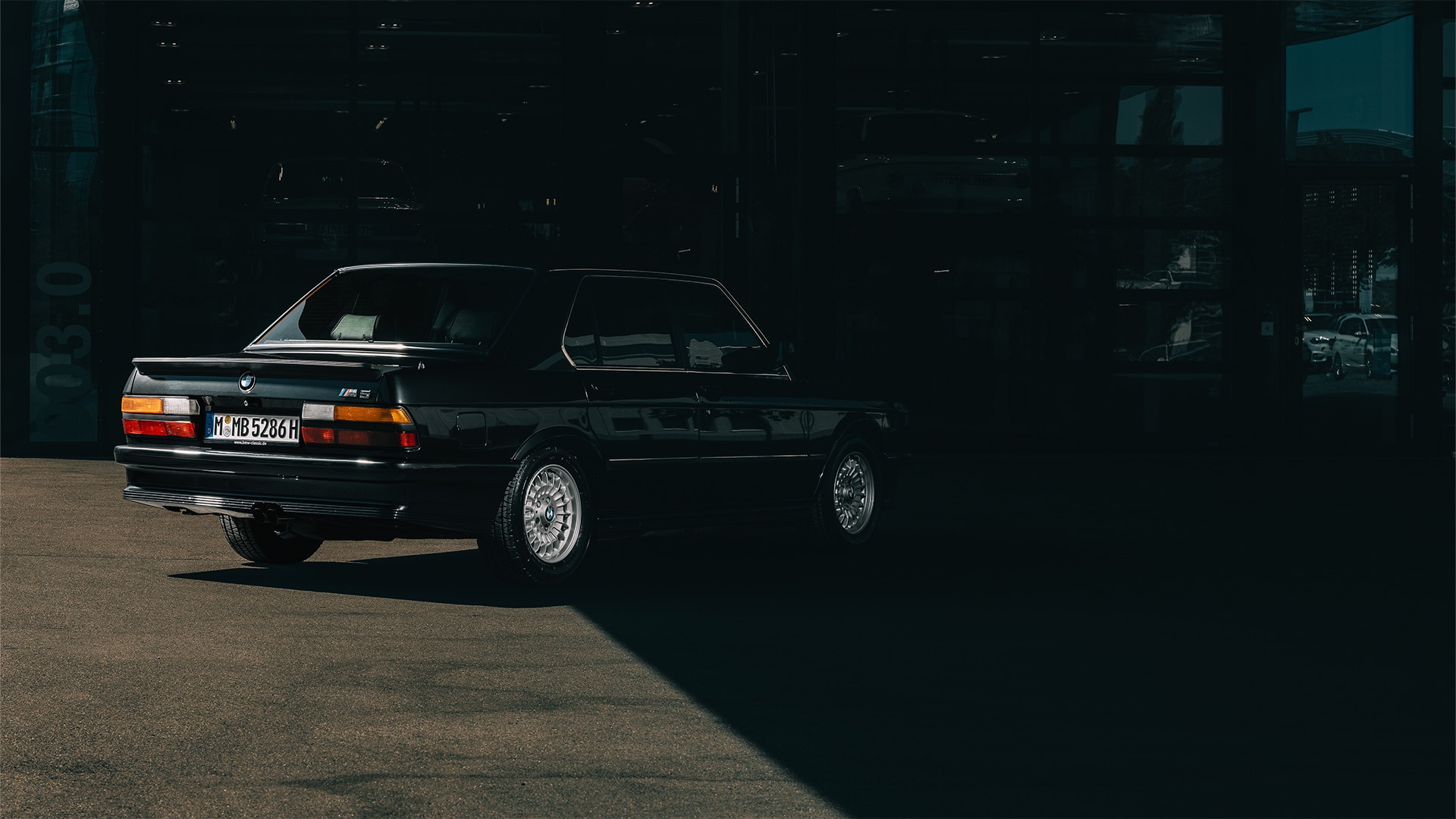
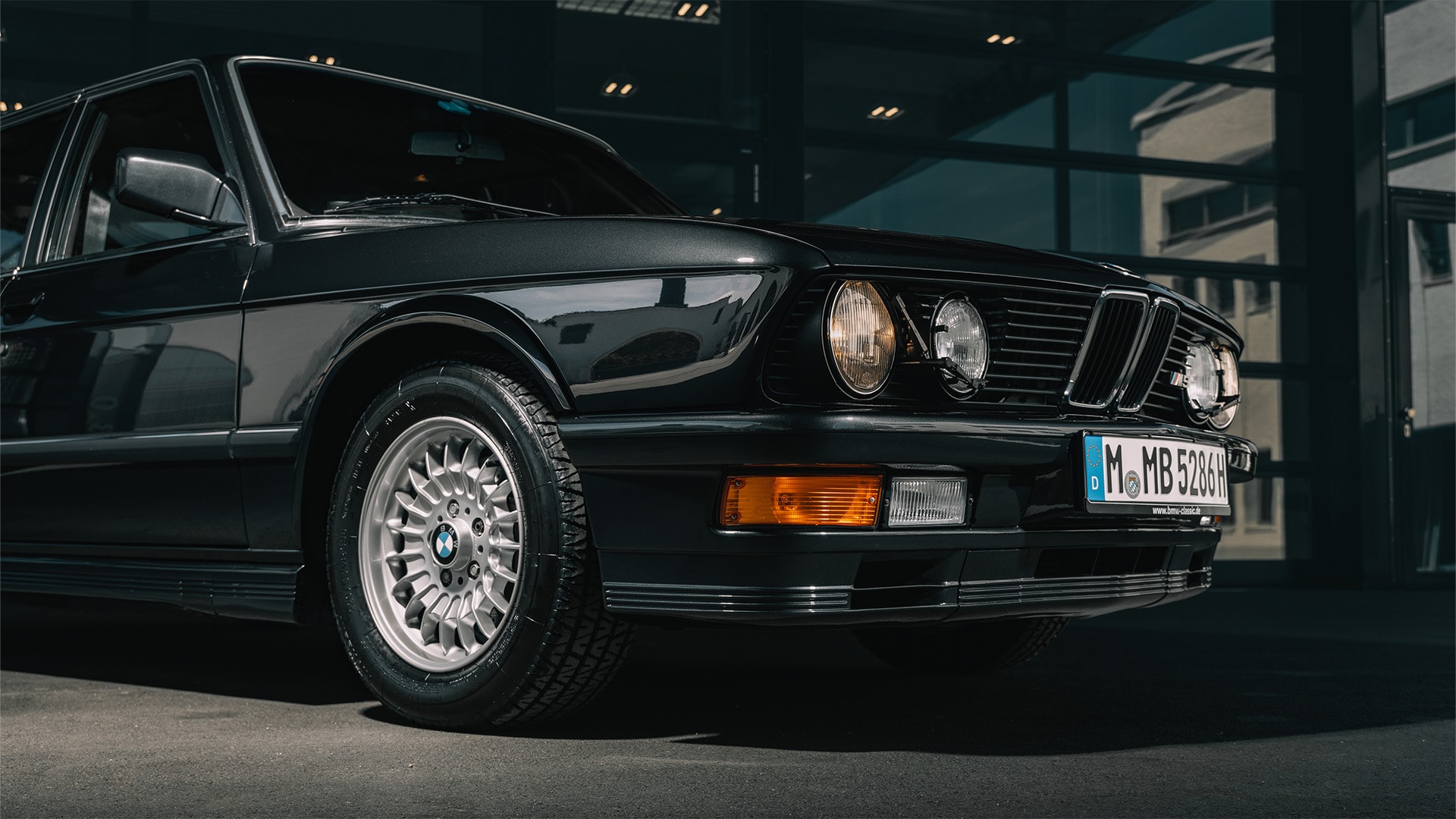
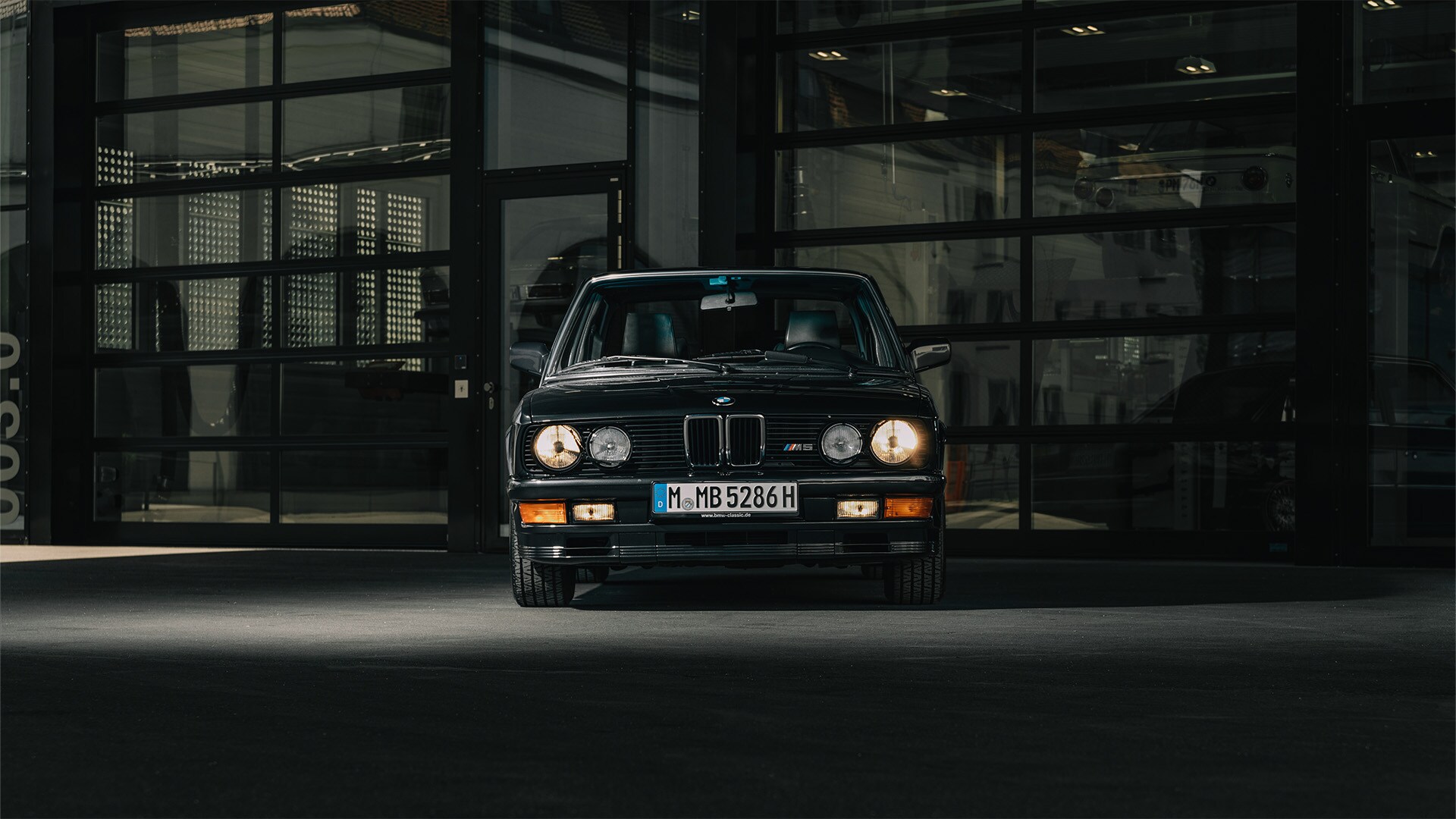
Proportions give the BMW sports sedan its dynamic character, with a long bonnet, short overhangs, and a set-back passenger compartment creating a silhouette of elegance and agility.
This layout reflects a clear philosophy: by positioning the engine closer to the cabin, BMW achieves near-perfect weight distribution – first perfected in the sports sedan and now a hallmark of the brand.
Beneath the sweeping bonnet, the inline six-cylinder engine fits naturally, its length contributing to balance and dynamic harmony. Even powerful V8 engines integrate seamlessly, ensuring performance without compromise.
Dynamic precision is at the core of the experience – effortless yet engaging, refined yet responsive. Intelligent engineering, finely tuned dynamics, and adaptive systems create a natural sense of agility, ensuring a direct, purposeful connection to the road.
In a BMW sports sedan, form and function are inseparable – a philosophy that continues to shape every BMW.
The sports sedan remains central to the BMW brand – reinterpreted across a forward-looking line-up.
The BMW 3 Series (➜ Read also: The seven generations of the BMW 3 series) continues to set the benchmark for balance and driver focus. Its high-performance counterpart, the BMW M3 (➜ Read also: The BMW M3 Generations at a glance), amplifies this with track-capable precision, available with rear-wheel drive or BMW M xDrive.
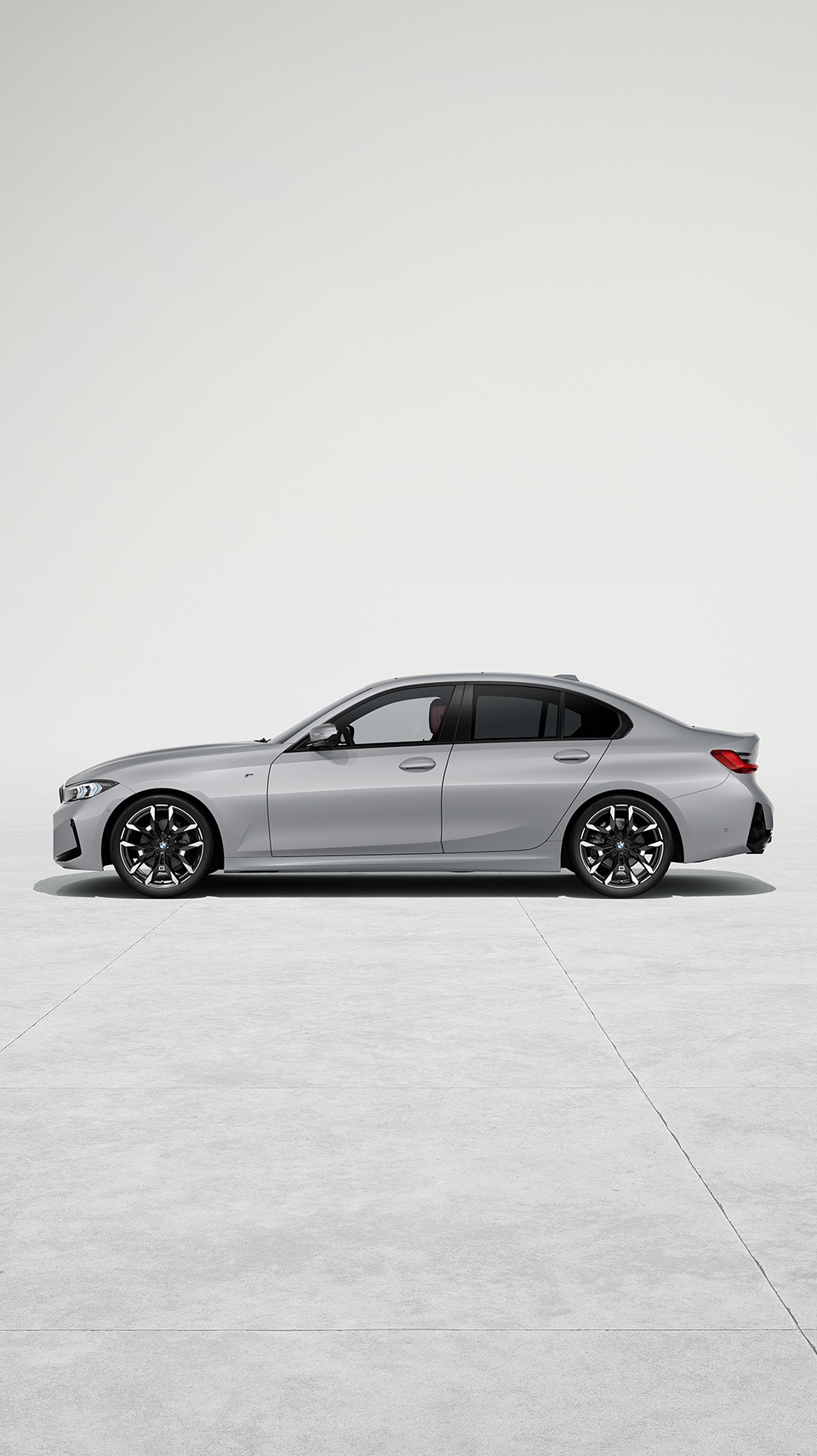
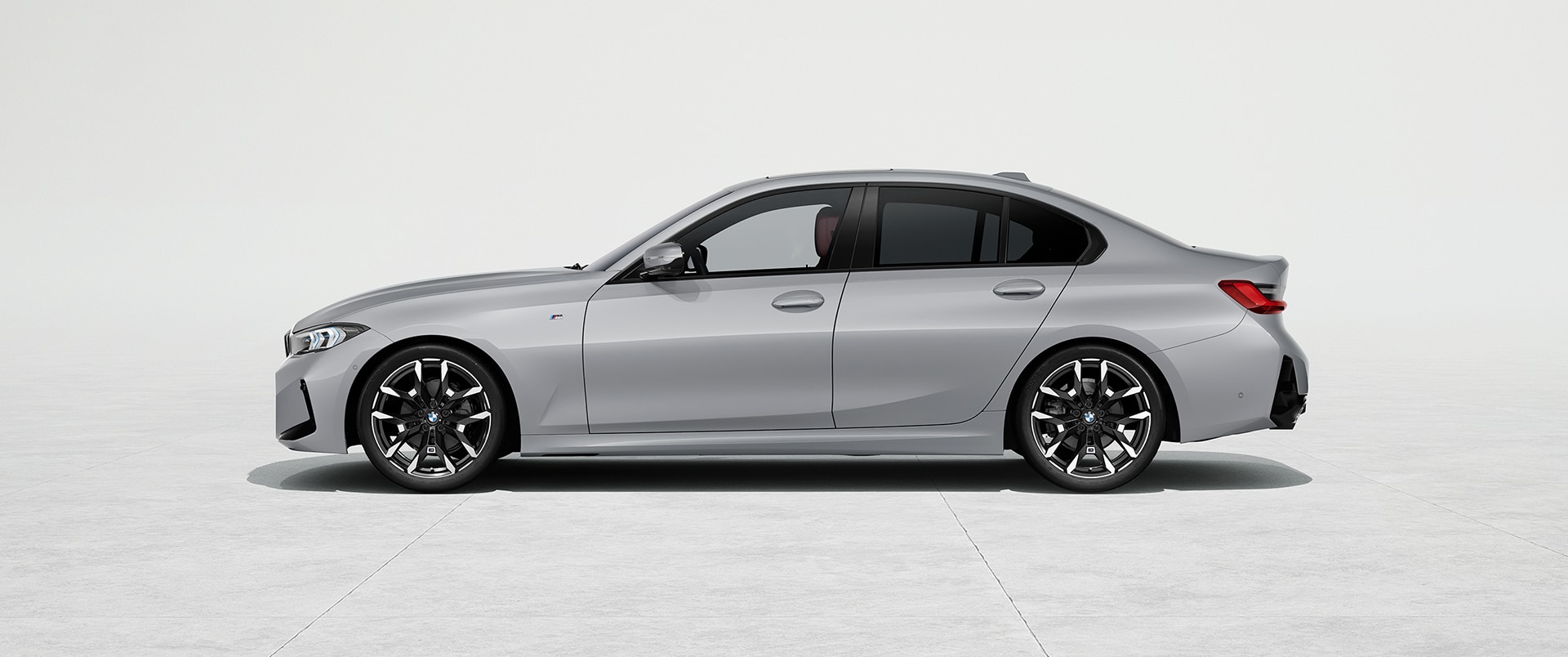
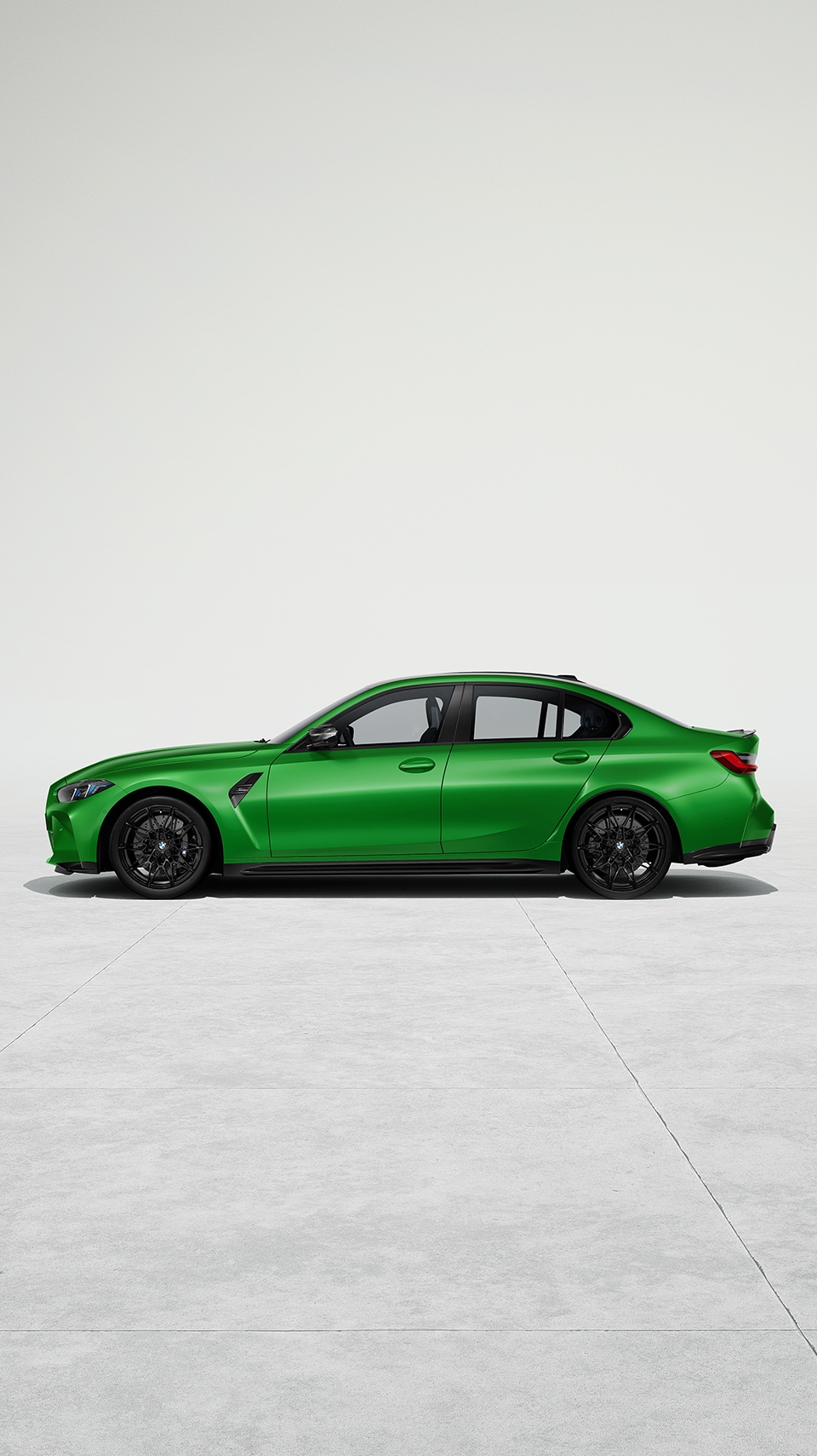
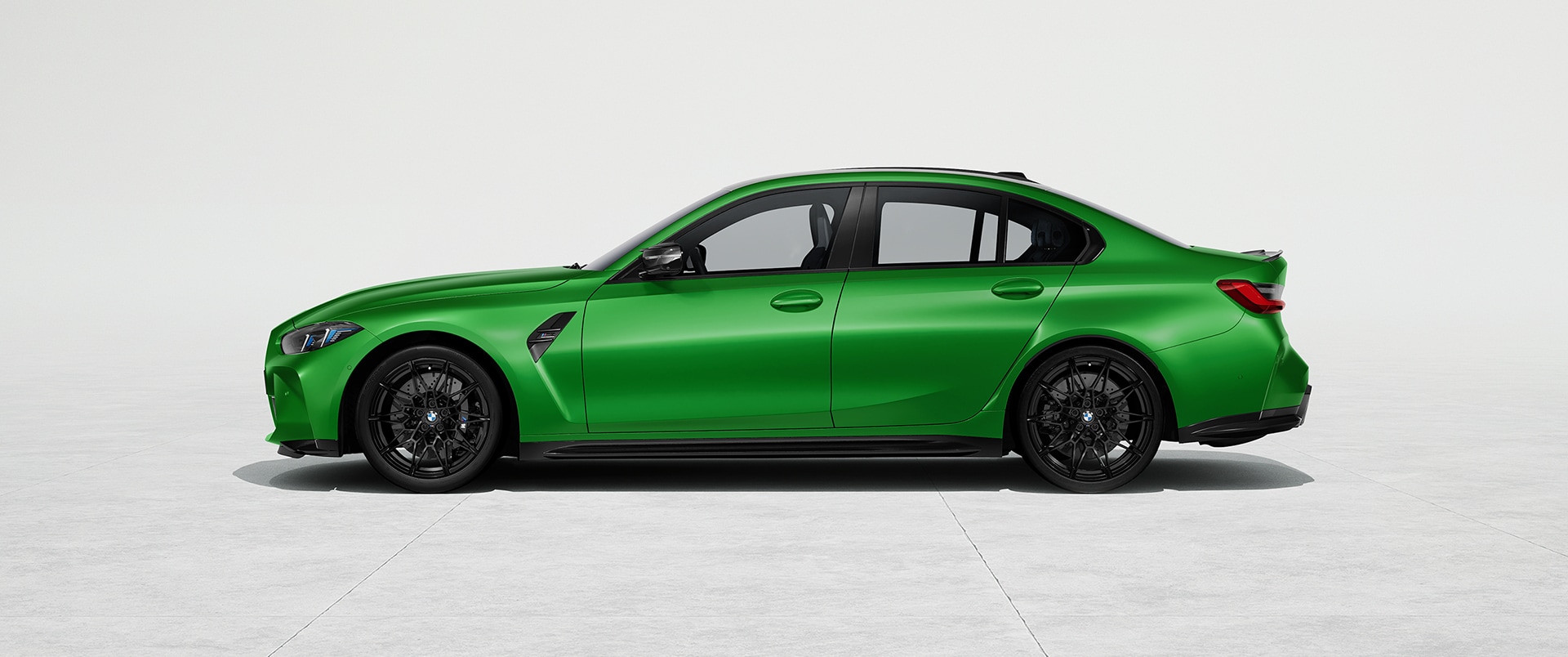
The BMW i4, led by the BMW i4 M50, blends electric performance with M-inspired handling, proving that electrification enhances driving pleasure.
The BMW 5 Series evolves the sports sedan in an executive format. The BMW i5, including the BMW i5 M60 xDrive, pairs high-output electric power with hallmark BMW agility. The seventh-generation BMW M5 continues this legacy, combining hybrid technology with motorsport-inspired engineering.
The BMW sports sedan enters a bold new chapter. In an era of electrification, digitalisation, and sustainability, BMW remains committed to one principle: driving pleasure must never be compromised. This vision takes shape with the BMW Vision Neue Klasse – the first design concept of a new generation (➜ Read also: BMW Vision Neue Klasse – A new clarity). BMW chose the sports sedan silhouette to lead this transformation, as no other form expresses precision, agility, and emotion as clearly.
At its core is a next-generation electric drive architecture, featuring the new “Heart of Joy” – a high-performance control unit that intelligently orchestrates key driving dynamics functions such as propulsion, braking, steering and energy recuperation.
Trailblazing models like the BMW i4 and BMW i5 have already demonstrated that electric mobility and hallmark BMW dynamics form a seamless union. But that was only the beginning – the Neue Klasse is the future.
Author: Tassilo Hager; Art Direction: Verena Aichinger, Lucas Lemuth; Illustration: Madita O'Sullivan; Animation: Ahsen Aydemir; Photos & Video: BMW

